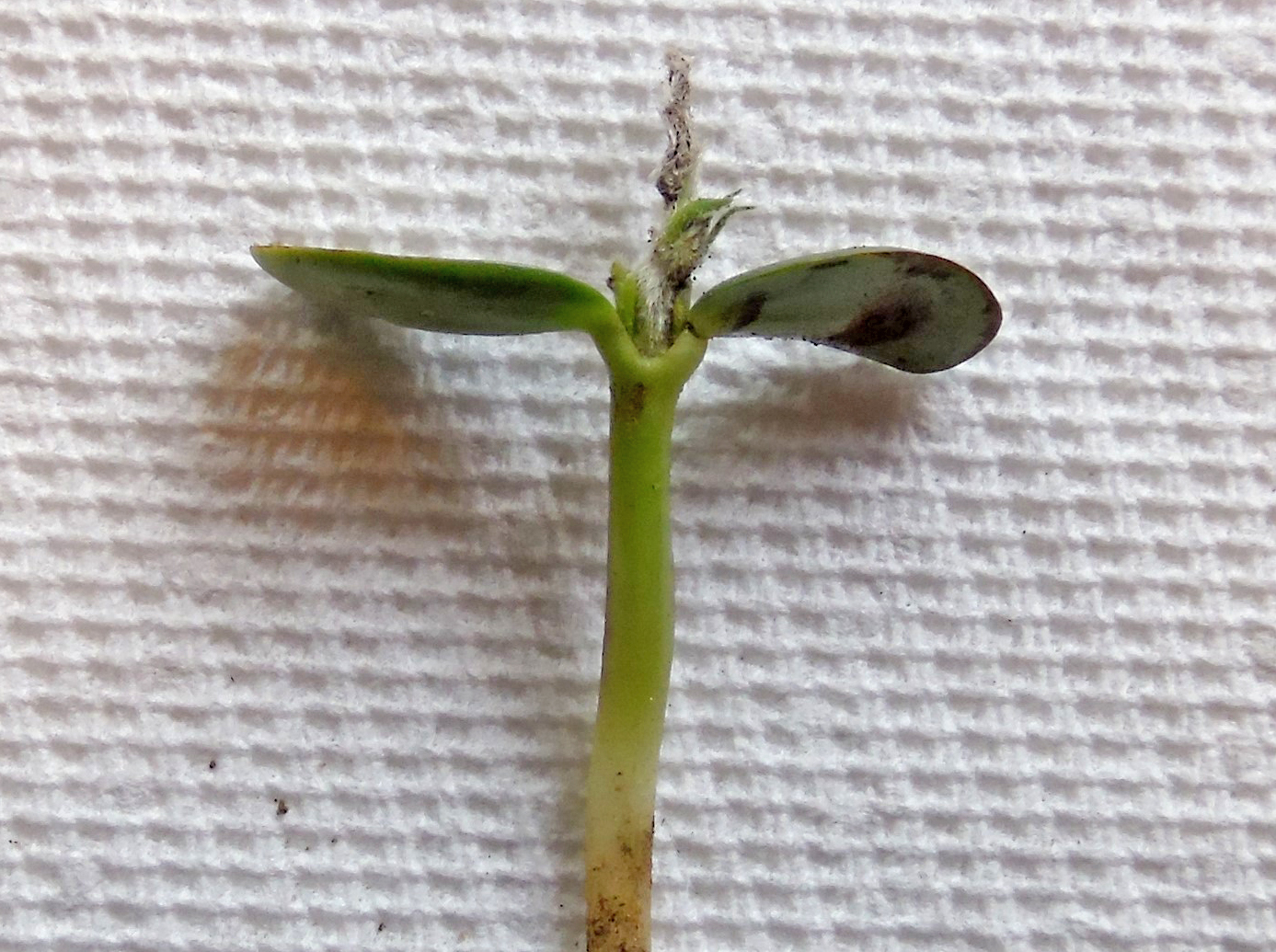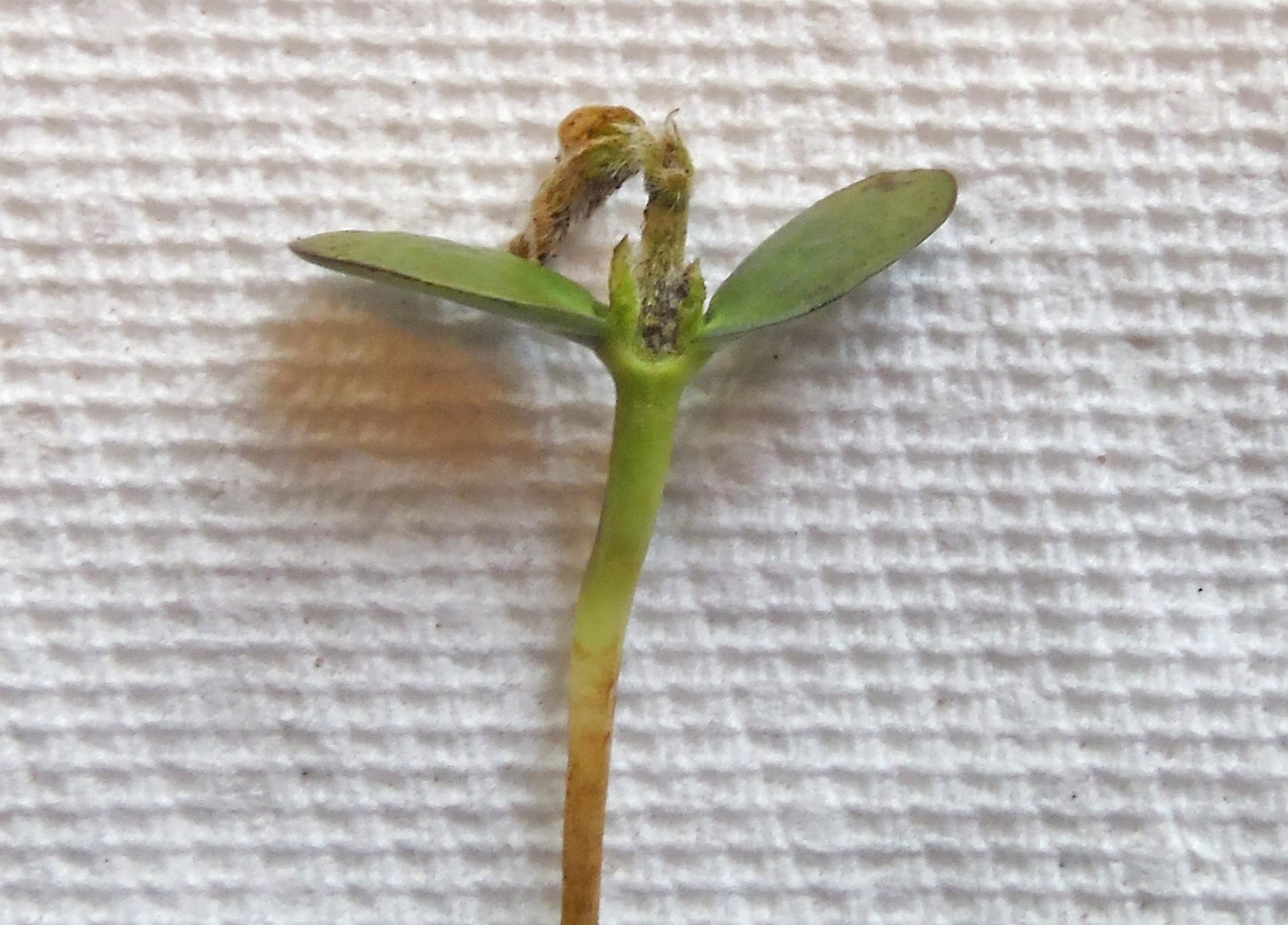Assessing frost/freeze damage to emerged soybeans
Due to the severity and broad coverage of recent low temperature events, producers should assess their emerged soybean plants for frost/freeze injury.

This spring’s dry weather and good soil conditions have allowed soybean planting to progress rapidly. While this is generally a good situation to be in, emerged soybeans may have been damaged by the widespread, low temperature events occurring over the past week. Southwest Michigan experienced some of the lowest temperatures in the state with lows reaching 23 degrees Fahrenheit near the Harford, Michigan, area. The dry soil conditions have also increased the potential for injury in this area of the state.
Due to the severity and broad coverage of the low temperature events, producers should assess all fields having emerged soybeans for frost/freeze damage. I assessed the plants in five fields in southwest Michigan yesterday (May 12) and found extensive damage in two. This demonstrates the importance of checking each field. The following information will help you understand how to distinguish plants that are viable from those that are not.
During the cotyledon stage, temperatures must fall below 30 degrees Fahrenheit for several hours before soybean plants are damaged. Once the seedlings emerge, fields having more residue on the soil surface are typically at greater risk of injury. This is because crop residue reflects sunlight during the day reducing soil warming and also reduces the radiational warming effect the soil provides at night. However, crop residue can protect emerged seedlings from low temperature injury if the plants are covered by the residue.
Under normal conditions, waiting five days to a week is recommended to assess low temperature damage. However, if cool conditions prevail after the event, extending this window by three to five days is warranted. If the cotyledons or hypocotyl have been severely damaged as in Photo 1 (brown, water-soaked, soft or sunken tissue), the plant is clearly dead. However, if the entire cotyledons, or even the lower half of the cotyledons, and hypocotyl appear undamaged (firm with normal color), look for signs of new growth. The new growth, if any, will occur at the main growing point or the axillary buds located at the base of the cotyledons. The plant in Photo 2 is alive and viable as evidenced by the new growth emerging from both the main growing point and the axillary buds. The plant in Photo 3 is also viable even though the main growing point appears to be dead, the axillary buds are producing new growth.


If no new growth is seen after five to seven days (10 to 12 days under cooler than normal conditions), the plants are most likely not viable and should be considered dead. Use this information to assess the stand of viable plants in the field and remember that thin soybean stands can produce surprisingly high yields before making any management decisions.
If you need further assistance regarding assessing frost/freeze damage to soybean, you can call me (Mike Staton) at 269-355-3376.
This article was produced by a partnership between Michigan State University Extension and the Michigan Soybean checkoff.
Related articles
- Thin soybean stands can produce surprisingly high yields
- Assessing soybean emergence



 Print
Print Email
Email